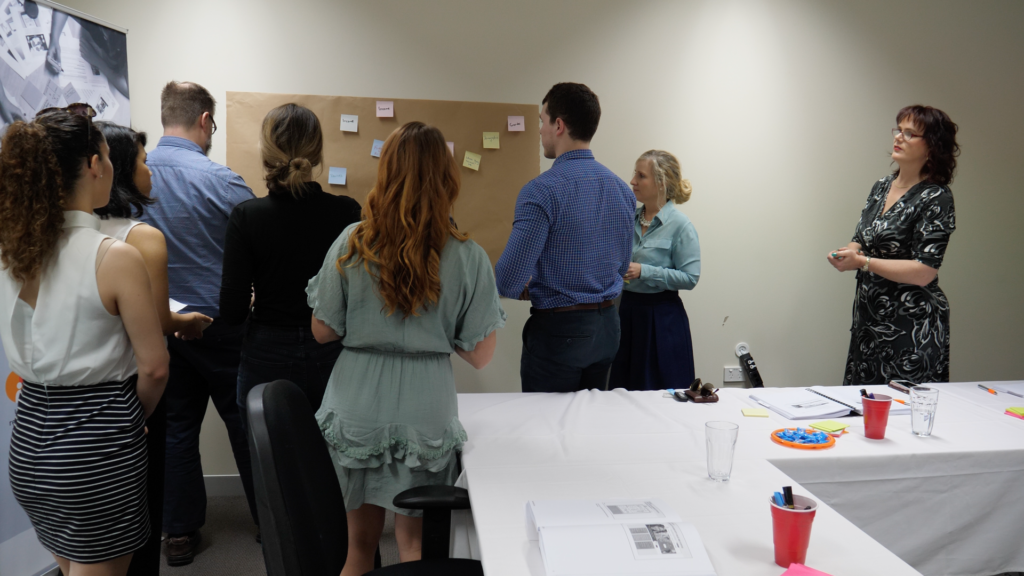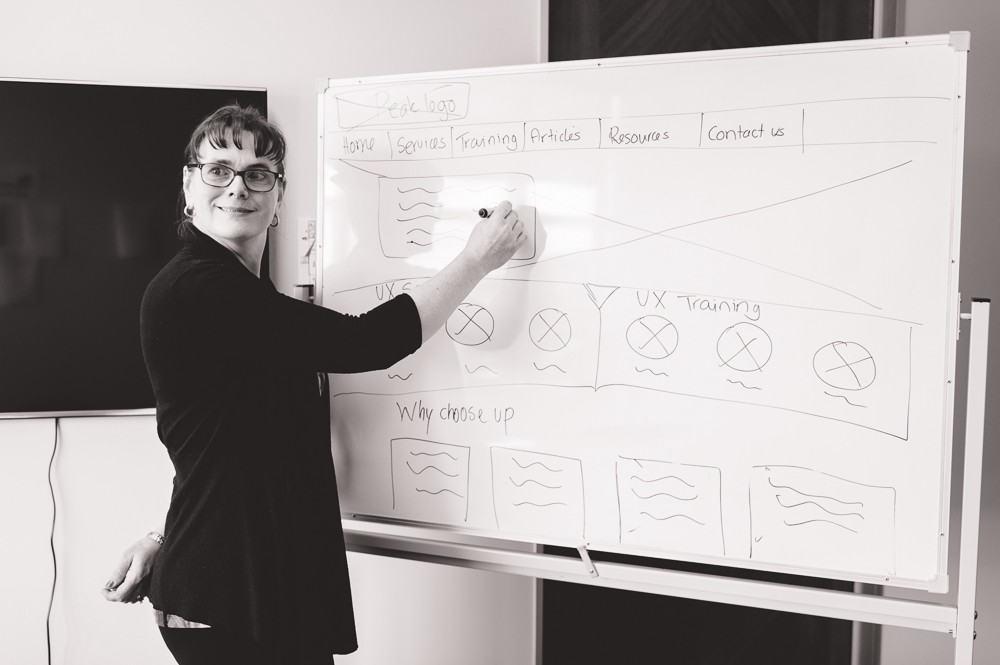
By Miranda Wee. An interview with Tania Lang, Principal, Trainer and Coach at PeakXD, a UX consultancy and training company based in Australia.
Tania has been a UX designer for 20 years and still loves her job
I count myself lucky, having worked in UX for 20 years, I still love what I do. How many people can say that about their job?
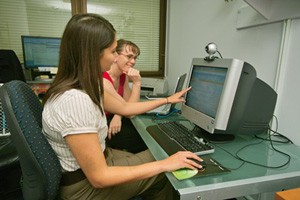
I love that I am empowering others to make the world a better place through human centred design and I feel like I am making a difference in the world.
I love that I get to utilise both my creative side as well as my analytical, problem solving side.
I get to meet lots of interesting people in society from all walks of life from the past premier of our state regarding her website to homeless people looking for legal aid assistance.
I really enjoy hearing people’s stories and understanding what makes people tick.
It is also nice to be paid well for what I do. In my previous marketing roles in the tourism industry the perks were awesome, but the pay was terrible. It is good to work in an industry where UX people are highly sought after and valued and we are remunerated accordingly.
Can you be a UX designer without a degree? How did you get into UX?
I have a diverse background and worked in sales and marketing before entering this industry. I actually did a Masters by Research into online travel consumer behaviour in the US.
When I returned to Australia, I landed a role at a Ernst & Young conducting user research for a tourism portal. My degree helped me get my first role, but they weren’t really interested in the degree itself but rather than I had some knowledge of the tourism industry and could demonstrate I could apply myself.
I was actually doing UX before I even discovered it was a career. While I was at Ernst & Young, I joined their User Experience team in 2000 and did another university degree in Human Factors.
But to be honest, most of what I learnt over the last 20 years was from reading and trial and error.
My advice to others is that a university degree helps but it is not essential. Most UX employers understand that a university degree demonstrates that you can apply yourself and have the ability to learn.
As an employer I find that most of the university graduates we recruit have a good base knowledge, but they learn most of their UX skills and experience on the job as they get more projects under their belt.
Is UX design stressful?
Tania: Every job has challenges and elements of stress and if it didn’t, I would argue that the job would be boring. The three biggest challenges I see UX designers have are:
1) Confidence and belief in themselves and their work (imposter syndrome is very common).
2) The ability to engage and convince stakeholders and developers to take a customer centric view.
3) Convincing others that UX design is more than just UI/Visual design.
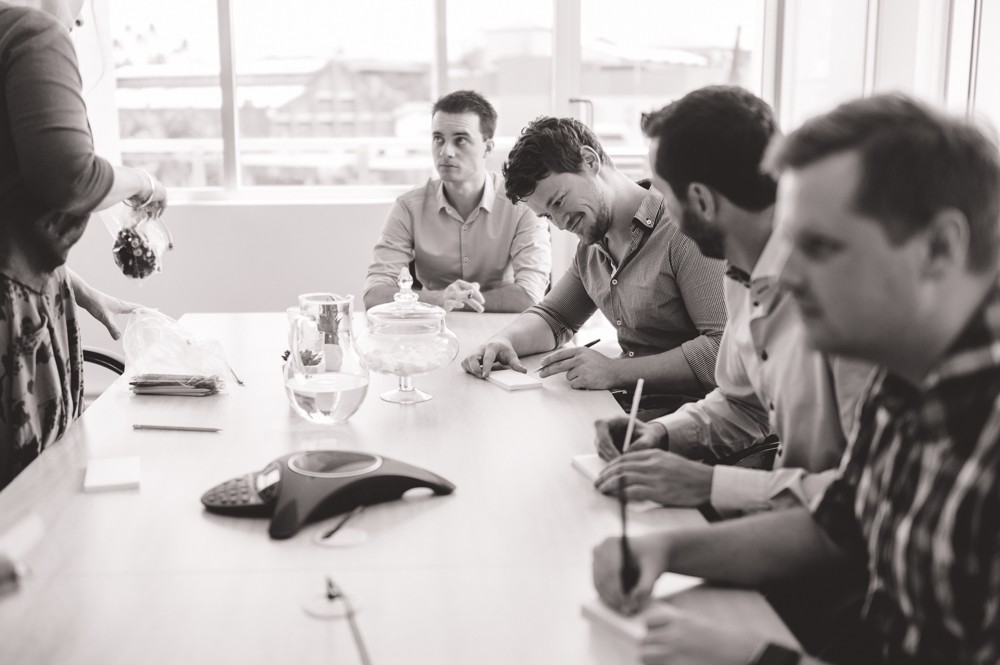
What is the difference between UX design and UI design?
Tania: I have created a formula to explain the difference: UX — U = UI.
What I mean by this is that if you are not involving users in your project, if you are not researching user needs, engaging them somewhere in the design process and/or testing concepts and designs with users then it is not UX design.
So, if you remove users from the equation (i.e. the ‘U’) then it is not UX design, it is more UI design.
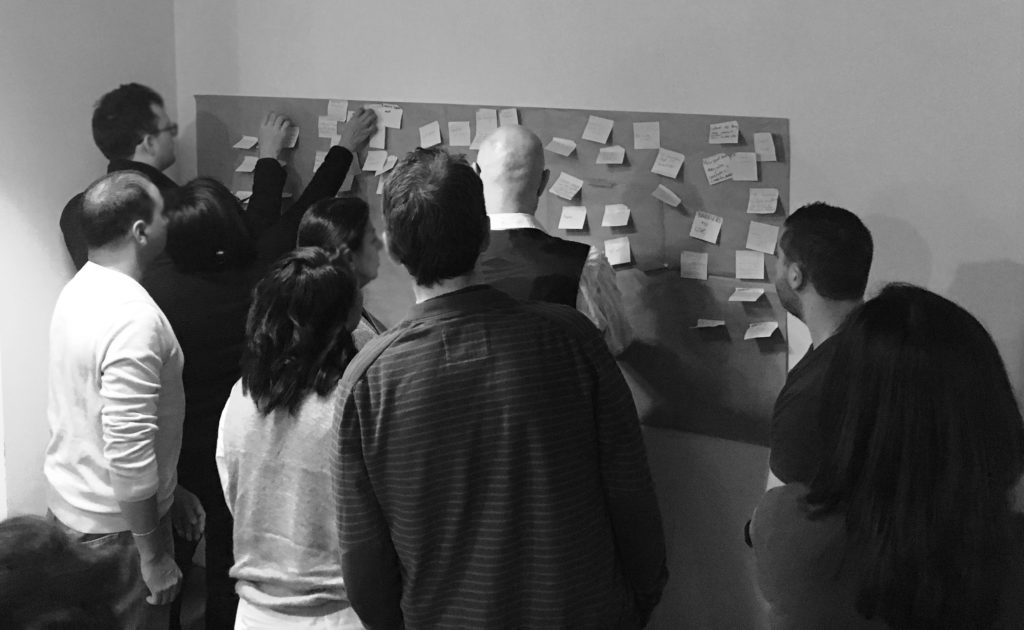
You can be a really good UI designer and design beautiful visual interfaces but if you are not engaging users in the process it is not UX design in my view.
Does UX design require coding? Does UX design require design skills?
Tania: I interviewed a UX Manager last month who commented that even though she has been a ‘UX Designer’ for 20 years, she has only designed a few wireframes in her 20 years. That is certainly true for me and many other UX designers I know.

Yes, I know some UX designers who can code and have strong visual design and UI skills but I also know many who don’t.
I personally have strong user research and usability testing skills and am also pretty good at interaction design, but I don’t have visual design skills and I can’t code.
UX design to me is a generalist term and within this there are many areas of speciality including user researcher, usability tester, UX/UI designer, interaction designer, information architect, information designers, customer experience officer, service designer, product manager etc.
All these UX roles involve some element of the user experience but the term ‘design’ in UX designer is more about the design of customer experiences rather than the design of screens or interfaces.
If I visit a beautifully designed eCommerce website but have trouble checking out or don’t receive my ordered goods due to poor back end systems and inventory control, I still have a bad user experience and the beautiful UI is inconsequential to me as a customer.
So, what does a UX designer actually do?
Tania: It really depends on your specific role. As mentioned, there are many different UX areas of speciality. For instance:
You might be out in the field conducting research and talking to users and observing their behaviour interacting with a system or service.
You might be working collaboratively in a workshop with a team of stakeholders or users to come up with a design concept or solution.
You might be sitting at a desk by yourself using tools to design a wireframe or interactive prototype.
You might be working with developers in daily stand ups or helping them interpret requirements.
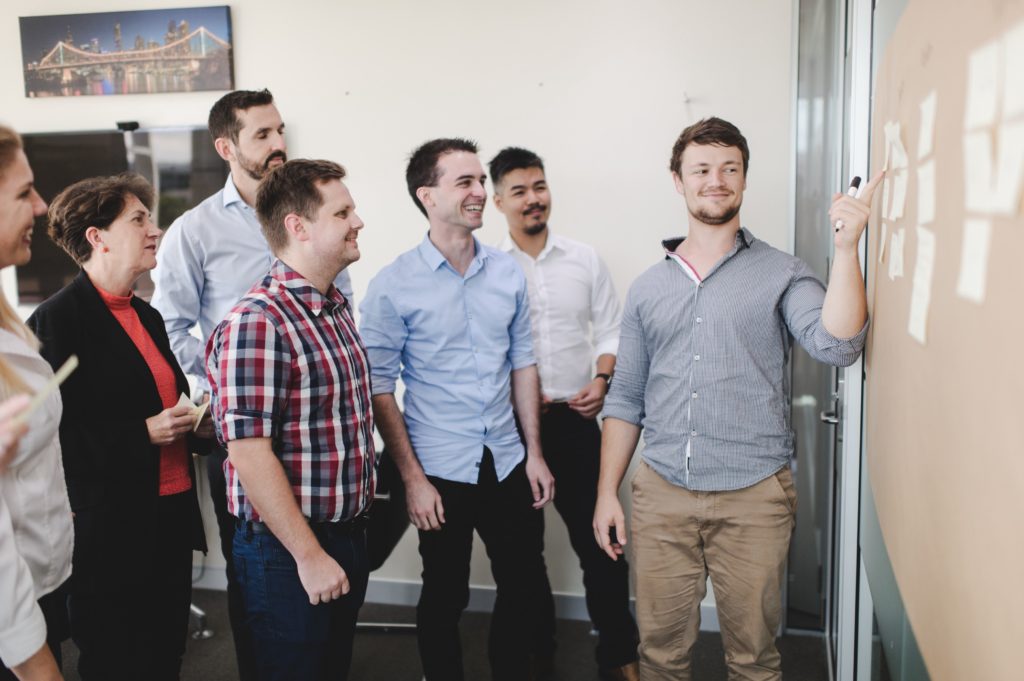
You might be moderating a usability test session with end users out in the field or your office.
What I love is that we never do the same thing every day and we have a lot of variety which keeps things interesting.
